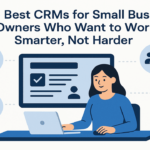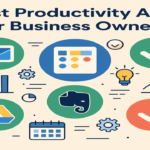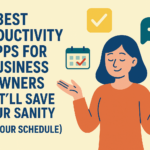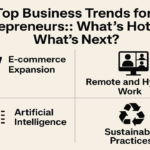In the 2000s, taking your business online was still a novelty that would make it stand out in the crowd. With the arrival of the first smartphones in the 2010s, internet users got more used to buying things online.
Now, only a handful of businesses in the developed countries haven’t gone online yet. If yours is one of them, here is how to get it on the web in a few simple steps.
Taking Your Physical Store Online in 4 Simple Steps
Let’s draw a road map for your store’s web transformation. To cut down costs, get ready to read through self-help databases and open accounts on e-commerce blogs.
1. Select your niche & channel
The more targeted your online business is, the better. If you are on a tight budget, you should start selling your products via Facebook, Instagram, or TikTok.
Furniture is the trendiest item on Facebook Marketplace now, followed by toys and baby stuff. You can also use this platform to sell small seasonal items and books.
Instagram should be your channel of choice if you plan to sell health and beauty products, fashion items, or gym equipment. Everything that is glitzy and eye-catching will sell very well there.
TikTok
Led lights and makeup are the trendiest items on TikTok right now. You may also market your business on this platform if you sell second-hand household appliances.
2. Pick up an e-commerce platform
The best thing about e-commerce platforms is that they let you create a website. There are two approaches to this situation.
You can create a website for cheap, for example, on WordPress, and then integrate an e-commerce plug-in like WooCommerce.
Alternatively, you can sign up for a sales platform’s plan that includes web hosting and create your website there. ClickFunnels is one such option.
Moving your physical store on WordPress
Currently, WordPress’s Pro plan costs just $15 a year. It includes a free custom domain name for the first year, which is your business’s online signature.
More importantly, the Pro Plan includes free WooCommerce integration, an unlimited number of free plug-ins, and premium support. Being a managed hosting service, the Pro Plan will take coding work off your shoulders.
Moving to a sales funnel
Moving your brick-and-mortar shop to a sales funnel is a bit more expensive than WordPress. Firstly, almost all sales funnels sell domain names separately from their hosting plans. Secondly, the plans themselves are pricier than that of WordPress.
How to choose
Analyze both of the above options and make a choice based on the type of products or services you will sell. The more products a platform lets you list, the better for the business.
On the other hand, WordPress’ content creation capabilities may come in handy if you sell services.
3. Moving to a dedicated server
As soon as your web store passes the 1,000-visitor-per-day benchmark, you should start thinking about moving it to a dedicated server.
The big players like HostGator, Hostinger, and A2 Hosting, are now joined by newcomers like Accu Web Hosting and Liquid Web.
Regarding e-commerce, InMotion and A2 Hosting are the best dedicated hosting providers.
4. Going DIY vs. hiring a professional
Let’s see where you can go DIY and where you’ll probably need professional help.
Web hosting
You should opt for a managed hosting service unless you have some previous coding experience. When you move your store online, sales must be your top priority.
Website creation & design
All platforms listed above provide intuitive drag-and-drop website builders and various industry-related themes and templates. So, this is something you can do alone.
Creating product lists
It all boils down to taking photos of your items and uploading them on your website. You only need a good camera and some photo editing skills—no need to pay for that.
Advertising your online store
Launching a Facebook campaign is a cheap and effective way to promote your online shop.
You can pay Google to list your business’ ad, but people tend to scroll past these without paying much attention.
You can launch a regular newsletter to advertise new products if you already have a customer database.
In short, you don’t have to pay a marketing expert to advertise your web business.












